There Muhlenbergia capillaris is a perennial herbaceous plant belonging to the family of Poaceae or Gramineae (grasses). It is a species native to the United States, in particular to Florida, where it grows spontaneously, but is also spreading throughout the world as an ornamental plant. Thanks to its splendid autumn flowering, in fact, the Muhlenbergia capillaris it certainly does not go unnoticed when you happen to see it in parks and public gardens. The pink flowers are feathery and light like a cloud, especially when they move delicately when the wind blows. They capture the brightness, thanks to their airiness, which creates splendid points of light. For these reasons, the plant has many common names that all refer to its flowering: royal mist, hair grass (from the Latin acronym capillaris), pink grass. Being, then, a rustic plant, it is easy to cultivate, perfect for the flower beds of the garden, both as a single specimen and in mass.
In this article we discover the botanical characteristics of this plant and the organic cultivation techniques.
Description of muhlenbergia capillaris
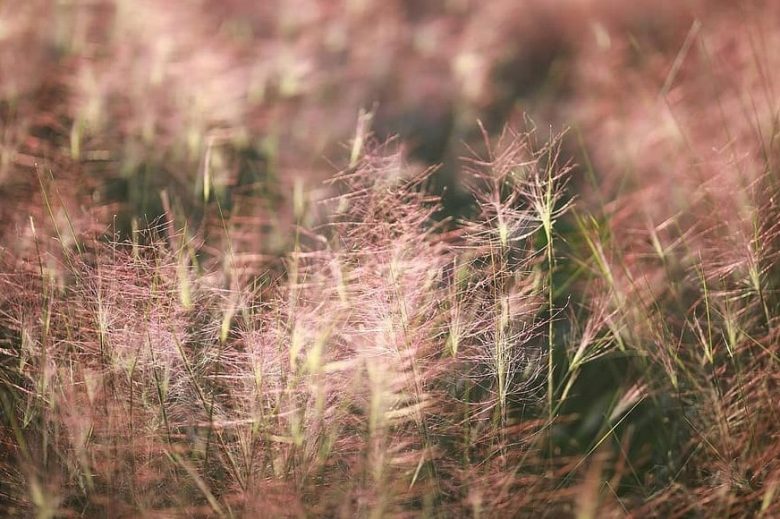
Muhlenbergia capillaris is a perennial plant that creates showy bushes formed by long leaves erect at the base and then drooping. These are flat, very thin leaves, 10 to 35 cm long in the muhlenbergia capillaris nana variety, and up to 80-100 cm in the type species. The color is light green, but before flowering, at the end of summer, the leaf tips take on a pleasant purple color.
Flowers and flowering
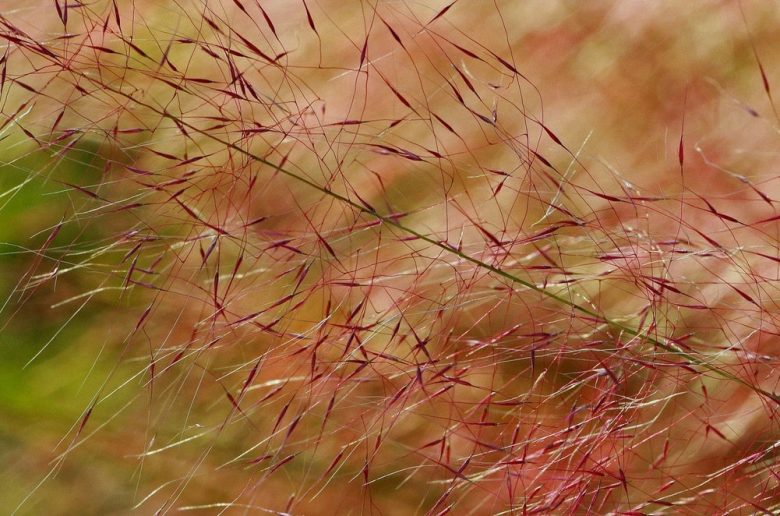
The inflorescence is the distinctive feature of muhlenbergia capillaris. The flowers arise on erect stems, which end in a branched panicle, a sort of feathery panicle. They cover half the overall height of the plant, which, including the flowers, can reach 1.20 m. The color of the muhlenbergia flowers is typically purplish-pink. The appearance is very delicate, almost inconsistent. The flowering period is between the end of summer and the beginning of winter, therefore very prolonged. Therefore, taking place in autumn, a season in which there are few flowering plants, the plant has a high ornamental value.
The autumn flowering is very beautiful when the muhlenbergia capillaris meets a little frost, the flowering stems thus form a pink haze, hence the name “royal fog”.
In some locations, the plant is used for the formation of large colored expanses, an exceptional attraction for tourists looking for unique shots.
Seeds
From the inflorescence, when we are in the middle of winter, very small seeds (about 2 mm long), elliptical in shape and brown in color, develop. Both pollination and natural dissemination are done by the wind.
In the places of origin, the plant does not become invasive.
How to grow muhlenbergia capillaris
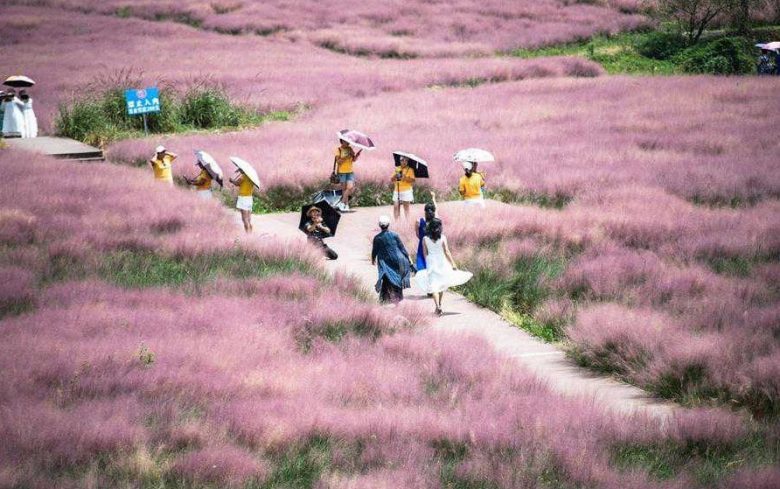
The muhlenbergia capillaris plant can be grown just about anywhere, as it is very resistant to both winter cold and summer heat. Also for this reason, it is spreading a lot among gardening enthusiasts.
Exposure
To have abundant flowering, muhlenbergia capillaris should be placed in full sun. The plant grows well even when positioned in partial shade, but flowering suffers and is more stunted.
Ground
Muhlenbergia capillaris adapts well to different types of soil (loose, medium-textured, sandy), the important thing is that the soil is well drained and, therefore, does not give rise to water stagnation. In this sense, excessively clayey and asphyxiated soils should be avoided, possibly correcting by amending the soil with sand.
For growing in pots, a perfect mix is one consisting of soil for green plants and a 10% of perlite (which you can find here).
The ideal pH it is neutral or slightly acidic.
Multiplication
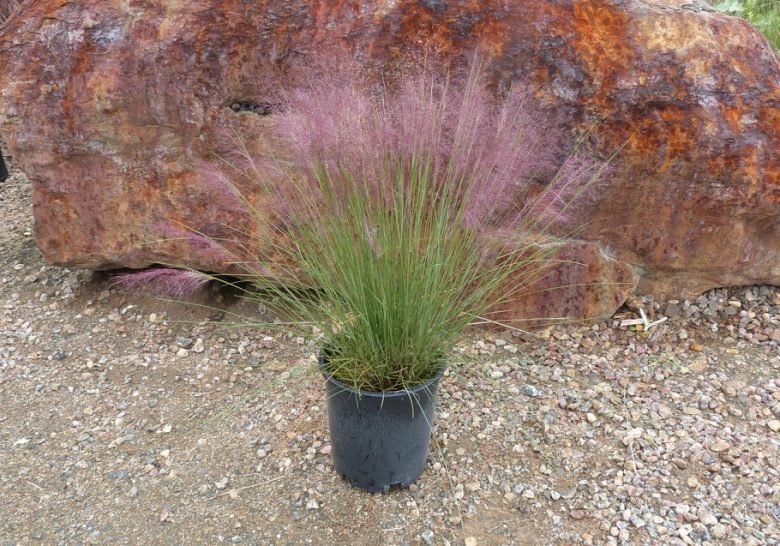
The reproduction of muhlenbergia capillaris can be carried out by sowing or dividing the tufts. Both operations take place in early spring.
THE seeds are easily found for sale in specialized stores. Having a certain cost, it is advisable to avoid waste and sow in small pots, filled with fine soil and sand. Once the seed germinates and the potted seedlings have developed a nice tuft, the transplant can be carried out in the open ground or in a larger container.
The subdivision of the tufts is very simple, especially if we are growing in pots. If the plant is in the ground, the clump should be removed from the ground with a spade and divided starting from the roots. This operation is not always successful, therefore the vegetative restart of the new tufts is not 100% guaranteed.
How to plant muhlenbergia capillaris in the garden
The easiest way to start growing muhlenbergia capillaris in the garden is by purchasing a seedling in the nursery. By now, the species is easy to find, as it is very widespread in public green areas. As mentioned, muhlenbergia can be grown as a single specimen or in mass, to have a greater scenic effect. In the second case, we recommend planting the young seedlings quite close together, keeping the distance of 30 cm between one plant and the other in the case of dwarf varieties, and 50 cm in the typical variety. The best times for planting are early autumn and spring.
Irrigation
Watering the plant is only necessary during the summer, if the season is excessively dry. Do not overdo the water intake, limit yourself to 1-2 weekly wettings, in order to avoid water stagnation problems.
Pruning
Pruning of muhlenbergia capillaris is not strictly necessary. However, at the end of winter, if you want to make the tufts swell, you can trim the stems that have borne the flowers, cutting them to about half the height.
Diseases and parasites
The species is extremely rustic and not too subject to attacks by parasites and fungal pathogens. The risks for the plant are essentially two: the red spider and root rot.
The first, is a parasite that causes strong discoloration of the leaves and desiccation, makes its appearance in summer, in very dry seasons. To stop the infestations it is enough to wet the foliage in the evening, the water in fact interrupts the life cycle of the parasite.
Root rot, on the other hand, is due to an excess of water around the collar, and is therefore an irrigation problem. It is prevented by adequately preparing the soil, so that it is draining, and avoiding excessive out-of-season irrigation.

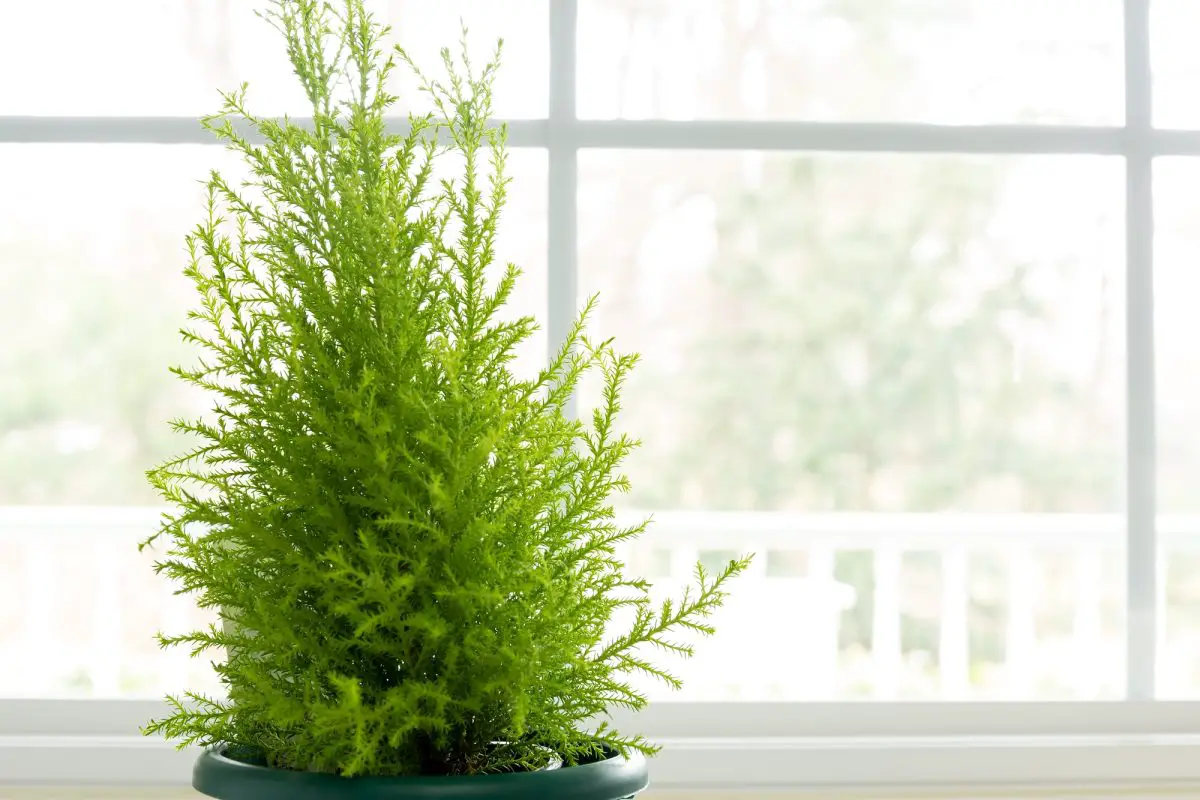
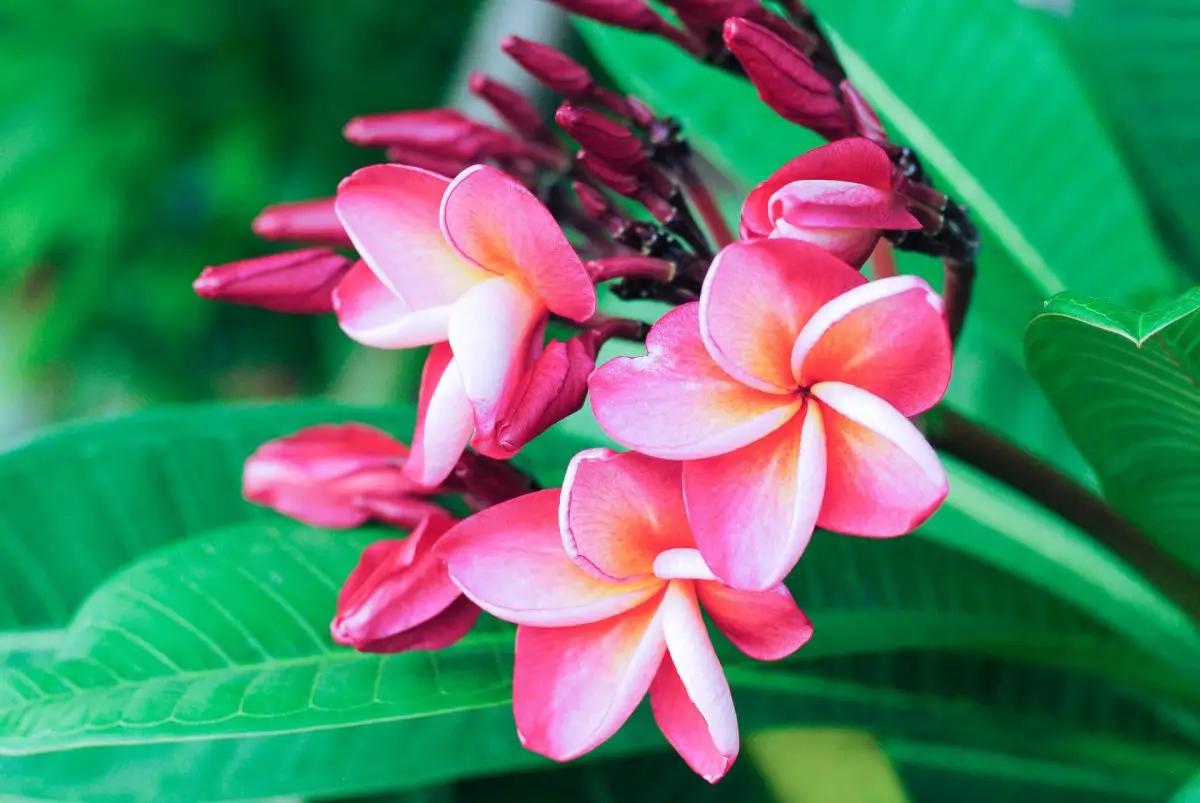
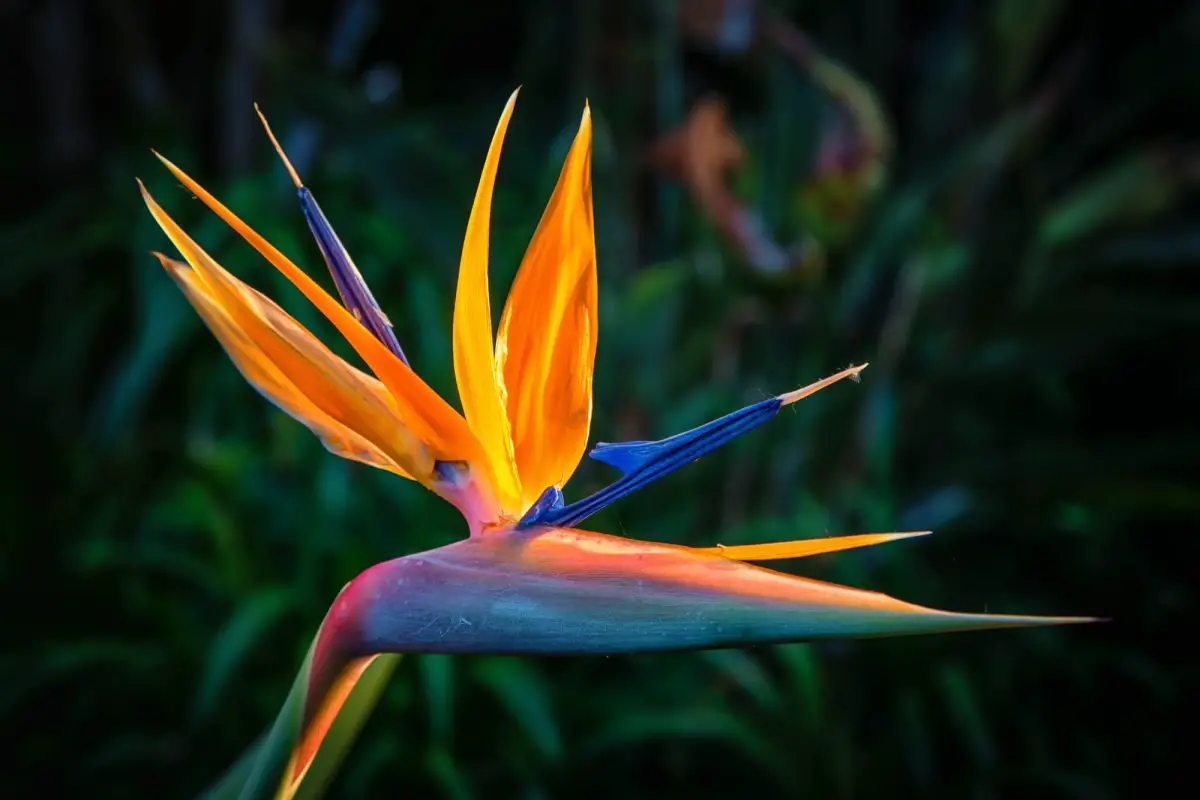
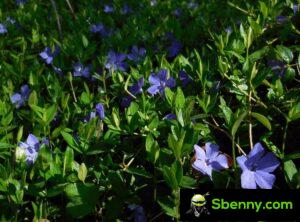
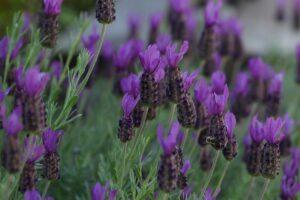
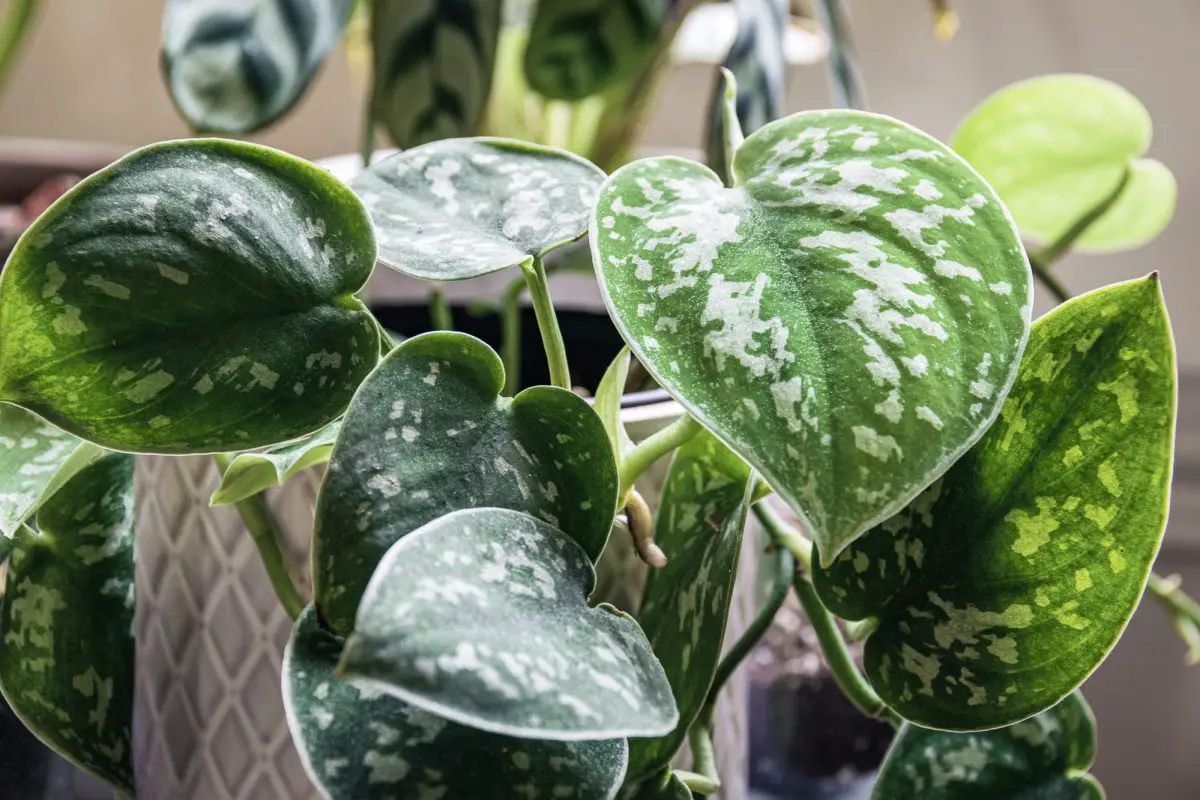
Start a new Thread